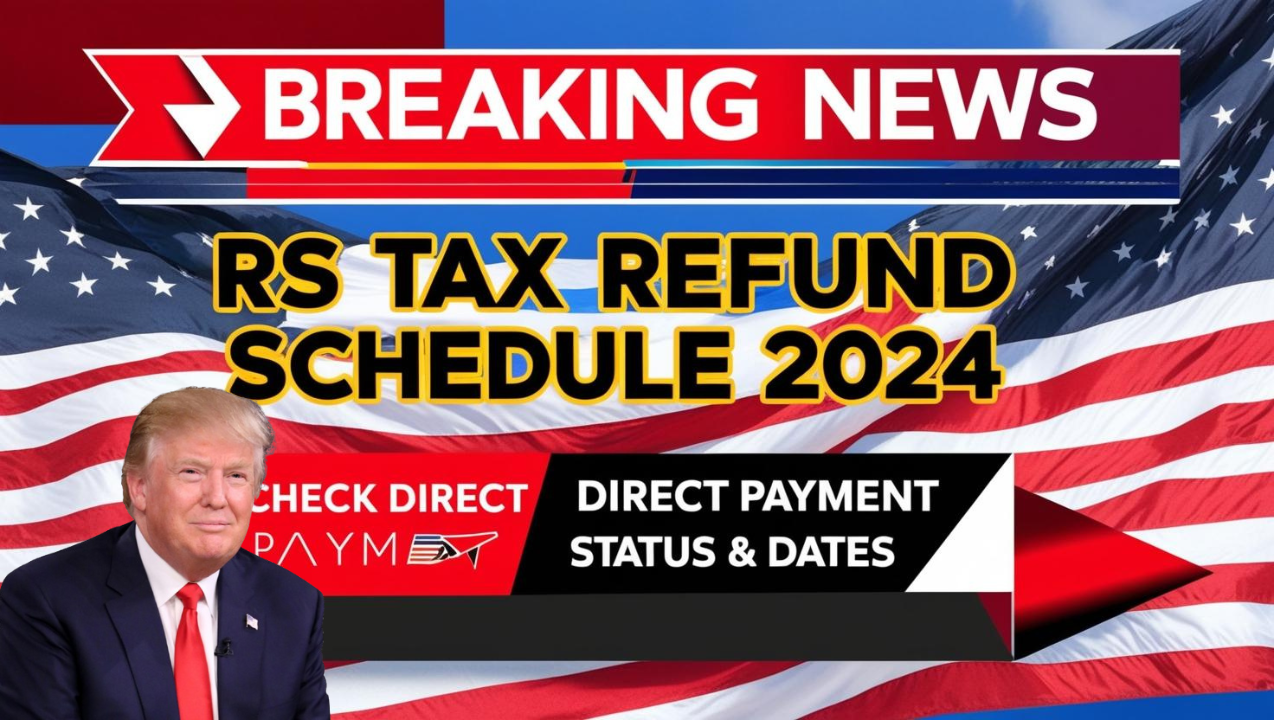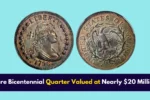As tax season 2024 rapidly approaches, millions of taxpayers are eager to know when they can expect their IRS tax refunds. Whether you plan to file early or wait until the last minute, understanding the IRS tax refund schedule is crucial for effective financial planning. This guide will explain when you can expect your refund, how to track its status, and provide tips to speed up the process.
IRS Tax Refund Schedule 2024
Key Information
- Refund Timing: If you file electronically and choose direct deposit, the IRS typically issues refunds within 21 days. Paper filers can expect a longer wait.
- Potential Delays: If you’re claiming credits like the Earned Income Tax Credit (EITC) or Child Tax Credit (CTC), your refund may be delayed, with refunds starting around mid-February.
- Direct Deposit vs. Paper Check: Direct deposit is faster, usually within 21 days, while paper checks take 4-6 weeks.
- Where to Check: Use the “Where’s My Refund?” tool on the IRS website or the IRS2Go app to track your refund status.
- Common Refund Issues: Errors or incorrect information on your tax return can cause delays.
- Filing Early: Filing your taxes early can ensure you receive your refund as soon as February 2024.
Understanding the timeline for your IRS tax refund is essential for budgeting and financial planning. By filing electronically, choosing direct deposit, and avoiding common mistakes, you can reduce delays and ensure your refund is processed quickly. Be sure to track your refund status using IRS tools and check the IRS website for the latest updates.
Key Factors That Affect Your Refund Timeline
1. E-Filing vs. Paper Filing
E-filing is the fastest way to submit your taxes and receive a refund. When you e-file, the IRS typically processes your return and issues refunds within 21 days, assuming no issues arise. On the other hand, paper filings take much longer—typically 6 to 8 weeks for processing.
2. Direct Deposit vs. Paper Checks
Choosing direct deposit for your refund is the fastest option. The IRS can send funds directly to your bank account, often within 21 days after your return is accepted. Paper checks, however, can take much longer—up to 6 weeks to be delivered by mail.
3. Refund Delays Due to Tax Credits
Claiming credits like the EITC or CTC can delay your refund. Due to anti-fraud measures, the IRS cannot issue refunds for taxpayers claiming these credits until after February 15. As a result, you may not receive your refund until late February or early March.
IRS Tax Refund Timeline for 2024
- Early Filers (Before February 2024): If you file before January’s end, and your return is straightforward with no issues, you could receive your refund as early as February 1, 2024. E-filers typically get refunds within 21 days, while paper filers can expect to wait up to 8 weeks.
- EITC and CTC Filers (After February 15, 2024): Refunds for taxpayers claiming the EITC or CTC won’t be processed until after February 15. Expect your refund to be issued around late February or early March.
- Paper Filers: Paper return filers should expect a longer wait, with refunds potentially arriving in April 2024.
How to Check the Status of Your Refund
Once you’ve filed your return, you can track the status of your refund using the following tools:
Where’s My Refund?
The IRS provides the “Where’s My Refund?” tool on its website. It allows you to track your refund’s status by entering your Social Security number (SSN) or ITIN, your filing status, and the exact amount of your refund.
IRS2Go Mobile App
The IRS2Go app is available for both iOS and Android devices and provides the same features as the “Where’s My Refund?” tool. It also offers the ability to make payments, access IRS records, and track your refund status.



